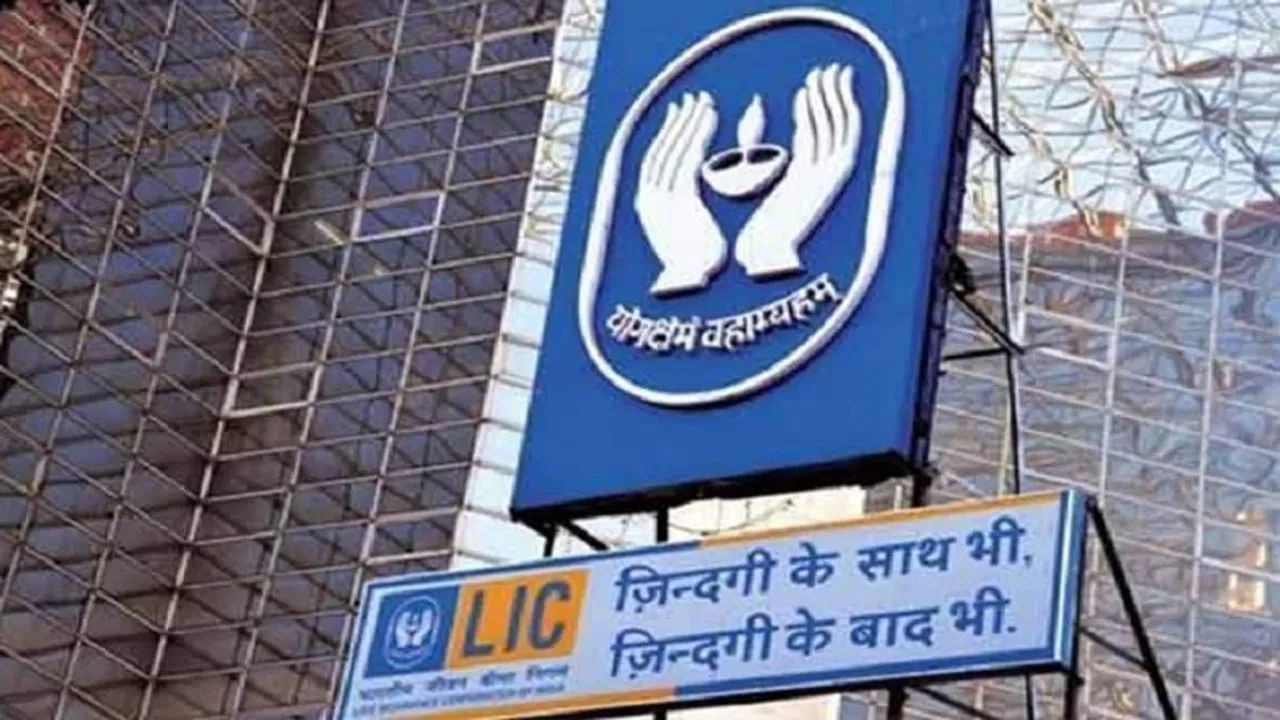LIC has announced two schemes which will be available from October 15.
A few days before Diwali, the country’s largest insurance company LIC has given Diwali gift to the common people or rather the middle class. In fact, keeping in mind the pockets and savings of lower income and middle class, the company has launched two insurance schemes. Both the schemes are completely risk free. These schemes are not connected to the stock market. According to LIC, there is no provision for bonus in both the schemes.
Life Insurance Corporation of India (LIC), in an exchange filing on October 14, said that both these schemes will be available to the general public from October 15. Both of these schemes will meet different individual needs. Let us also tell you what is the name of these two schemes and how will you get the benefit.
LIC Jan Suraksha
LIC Jan Suraksha Scheme is a low cost insurance scheme especially for lower income group people. This plan is a non-participating and non-linked insurance scheme. Which means it is not linked to the market or bonuses. Since it is a microinsurance scheme, it is tailored to suit the needs of the economically weaker sections of the society. Such plans are available at low premiums with convenient payment options.
LIC Insurance Lakshmi
LIC’s Bima Lakshmi is a new life insurance and savings scheme launched by LIC. It is also a non-par and non-linked scheme, which means returns are not linked to market performance and will not include bonuses. This plan potentially offers both life insurance and maturity or savings and is aimed at meeting the needs of individuals.
Increase in company shares
Amidst the announcement of two new schemes, there has been an increase in the shares of LIC. Which belied the weak trend of the Indian stock market. The share price of LIC reached a high of Rs 904.15 and a low of Rs 893.45, while its previous closing price was Rs 897.25. However, LIC’s share price performance has been disappointing on last year and year to date (YTD) basis, falling by 6 per cent and 0.5 per cent respectively. However, the shares of this public venture have seen an increase of 17 percent in six months.
